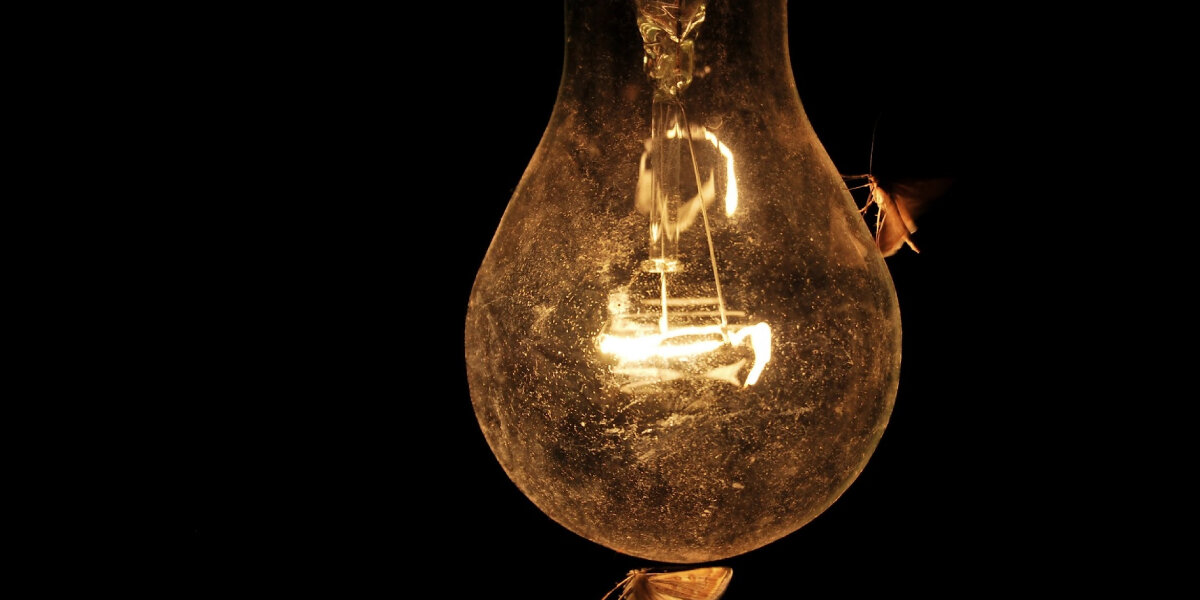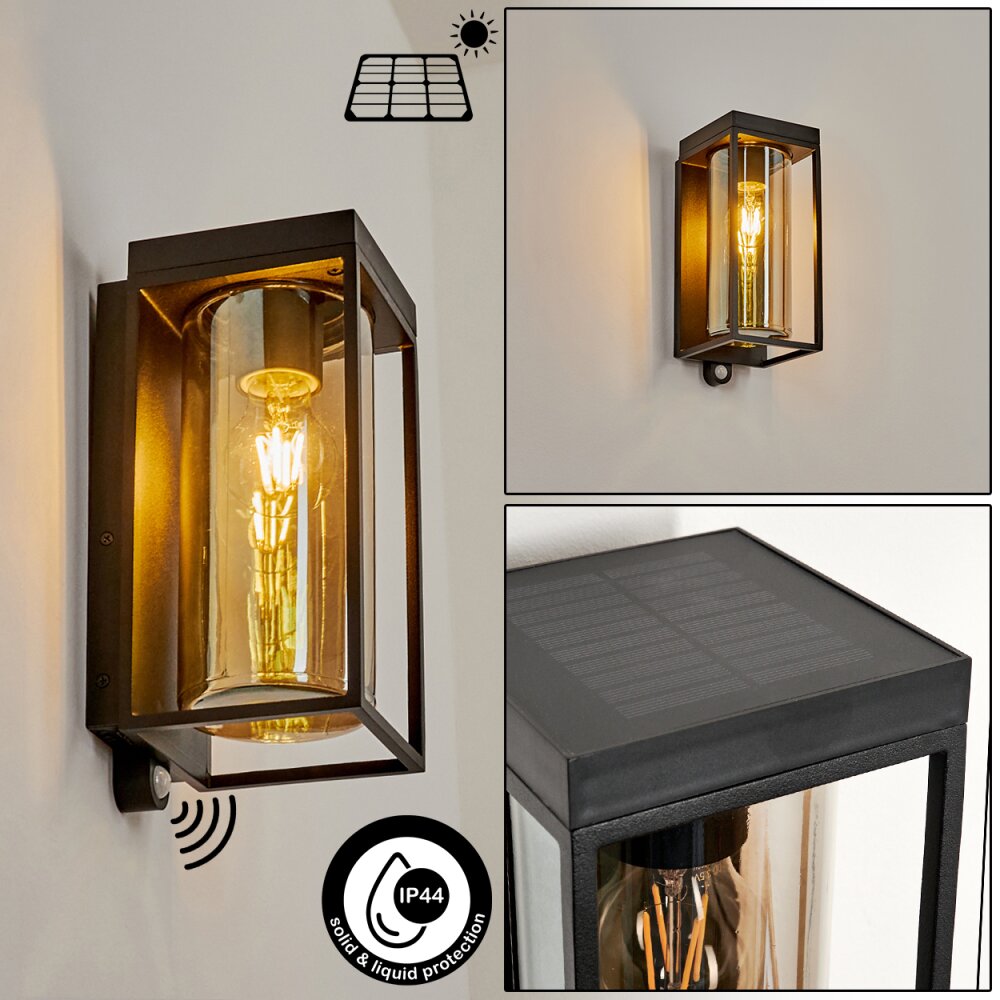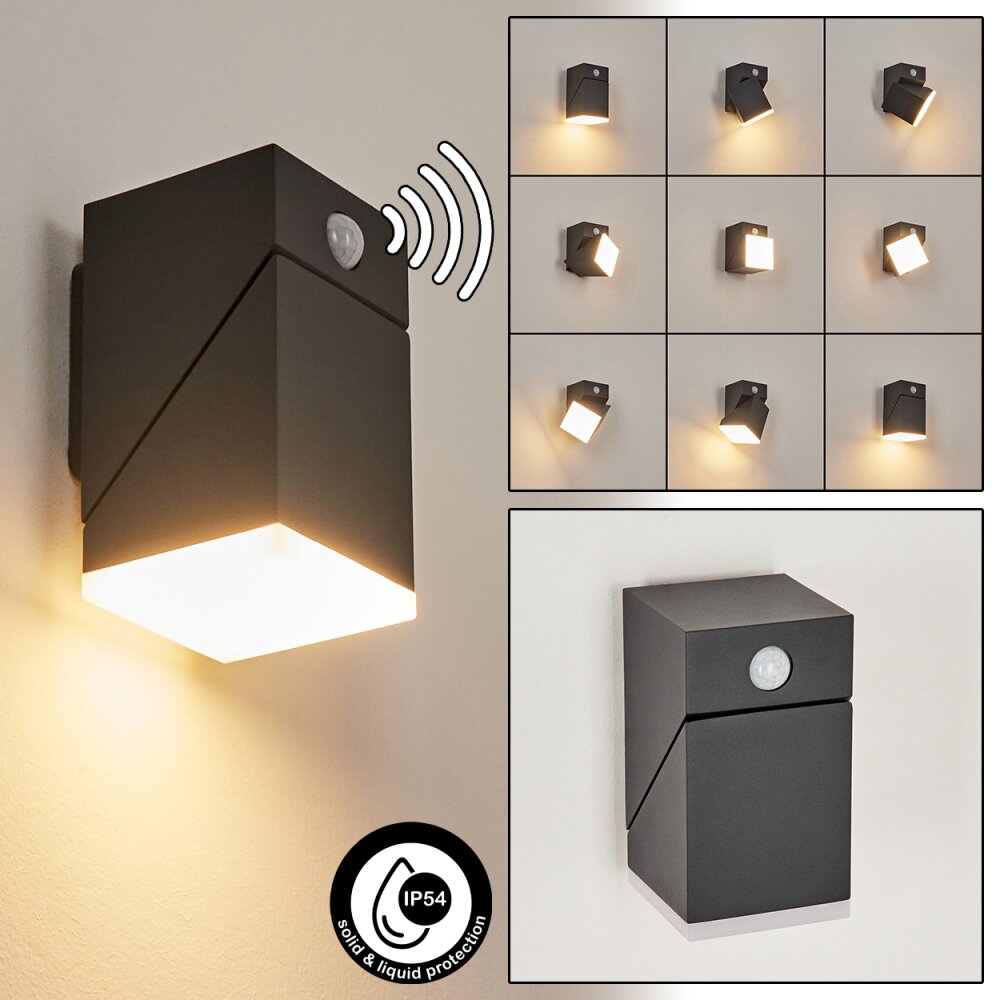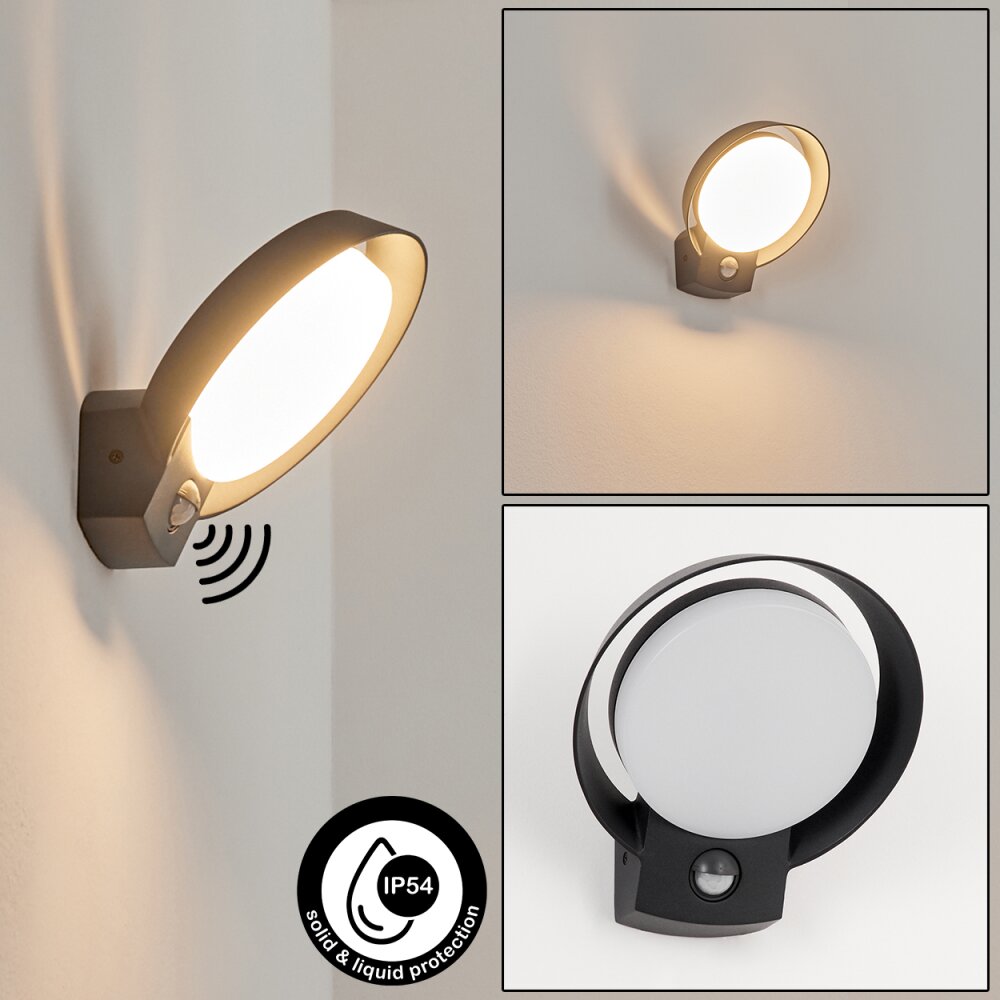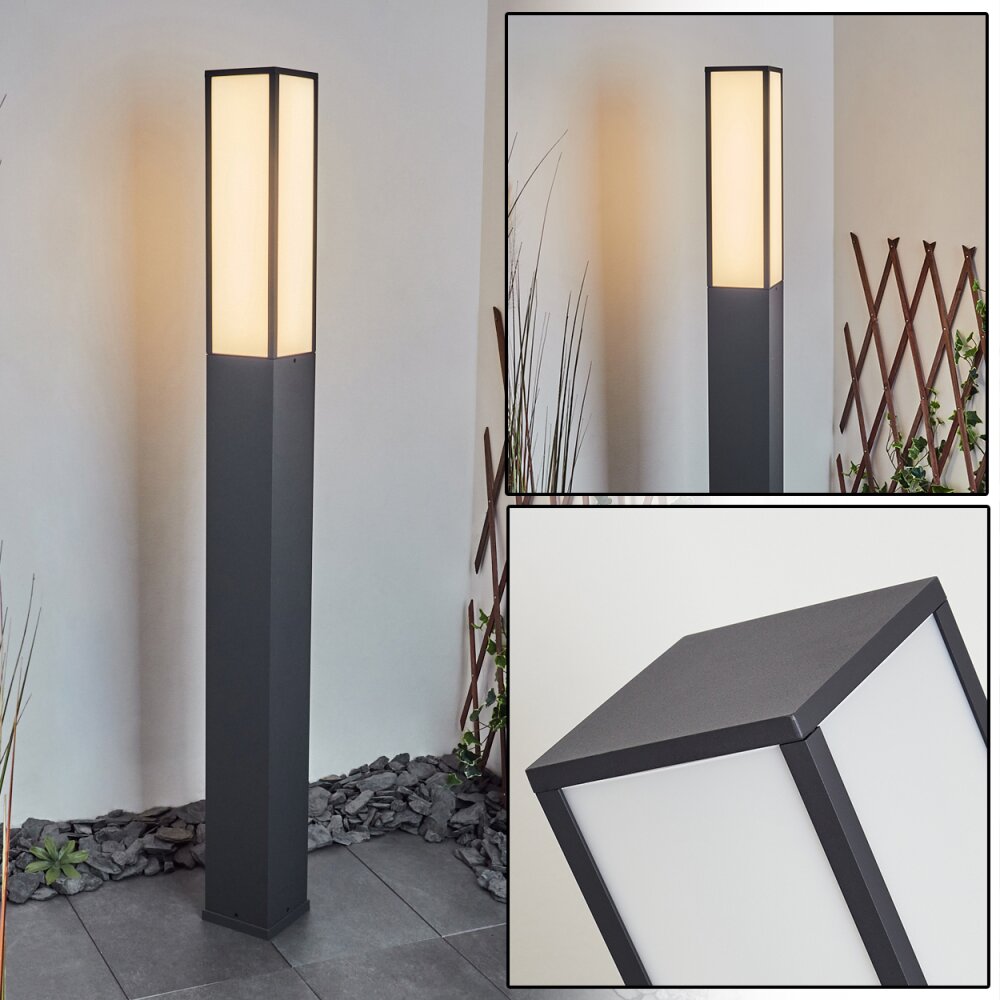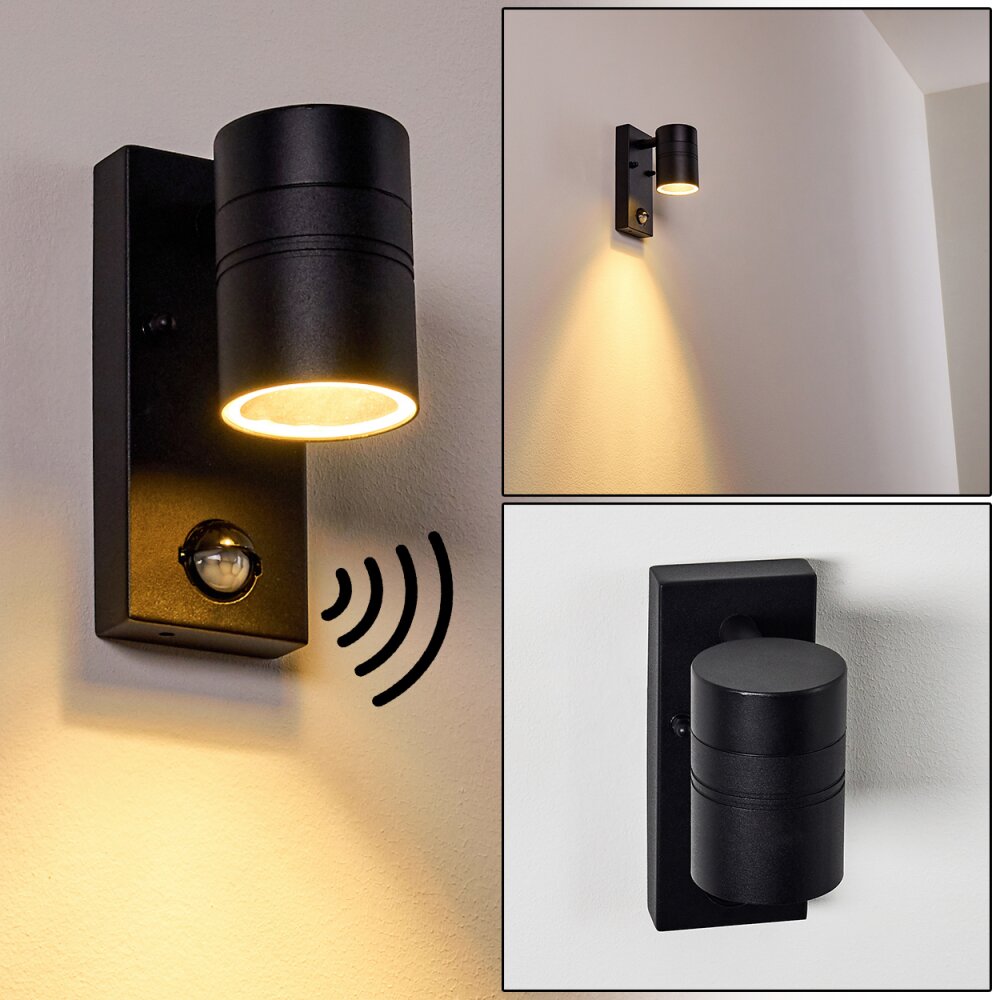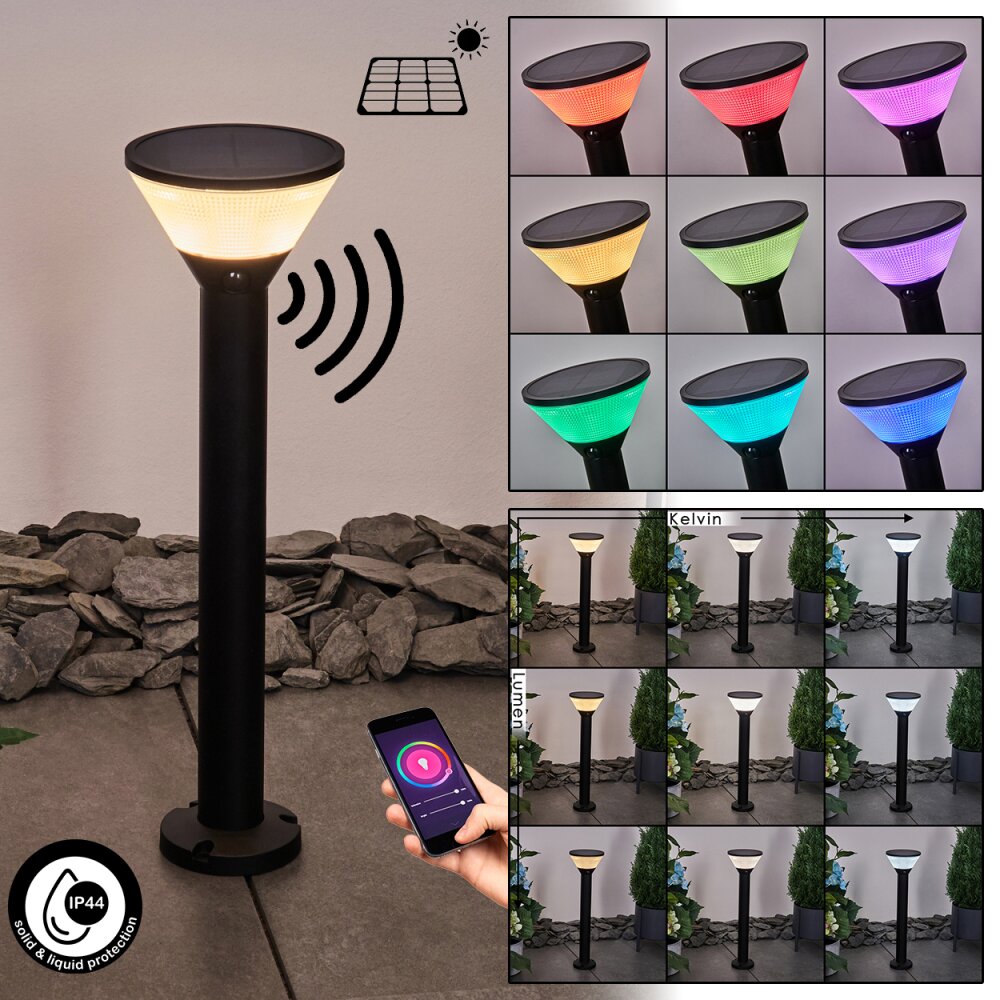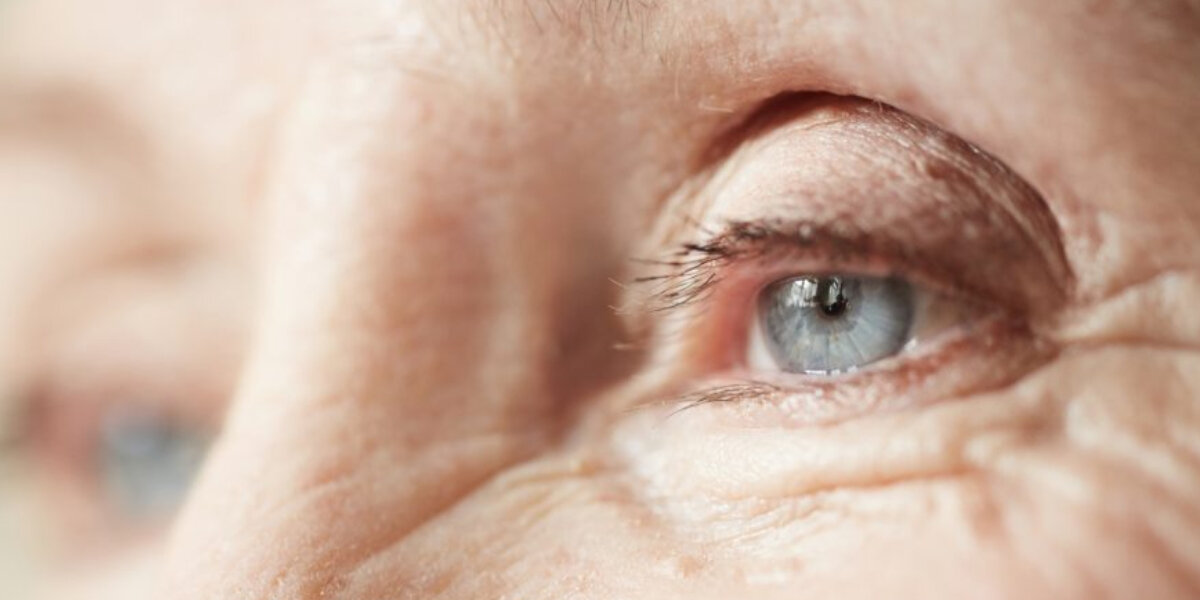The use of outdoor lighting is important for people's safety and orientation. So of course you should not do without it. Nevertheless, it is worth using it responsibly so that animals are not irritated or disturbed in their natural habitat.
For insects and nocturnal birds, the moon and the stars are important natural sources of light for orientation at night. But the many street lamps with blue light or light in the UV range lead to so-called light pollution - artificial light sources disturb the orientation of animals here.
Insects and Light: Why are Insects Attracted to Light?
You have probably observed it before: At night, moths, mosquitoes and other insects are often magically attracted to luminous light sources. This is not only a nuisance for humans on cosy summer evenings, but also for the insects themselves - because they buzz around the artificial light until they die of exhaustion or even burn to death. Researchers assume that insects orientate themselves by the moon at night; however, they lose this orientation due to the many artificial light sources such as street lights or billboards, which usually shine continuously at night.
This has fatal consequences for the environment: insects are an important part of the food chain - if there are fewer insects and pollinators, birds and bats have less food.
Birds also suffer from light pollution: they lose their daily rhythm because artificial light does not allow them to rest. It also irritates nocturnal migratory birds and can throw them off course.
Find out how to design your outdoor lighting in an insect-friendly way and what you should pay attention to in terms of light colour.


